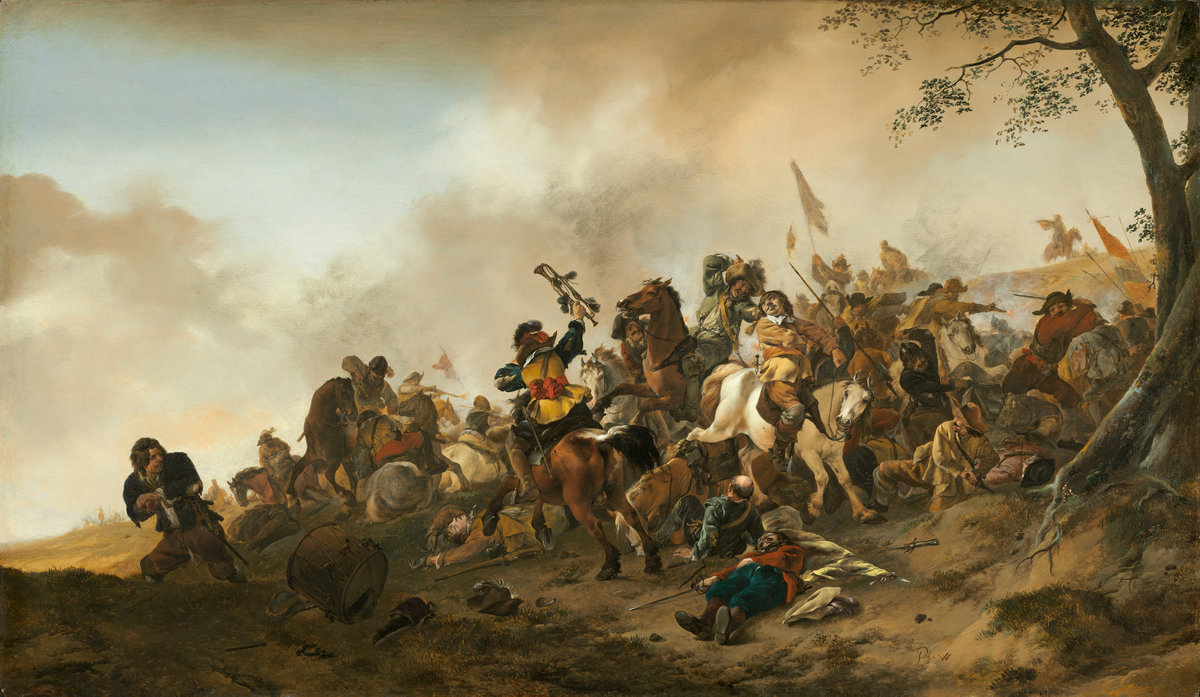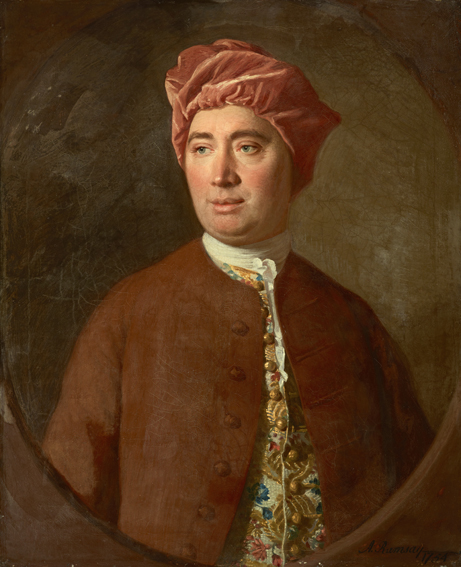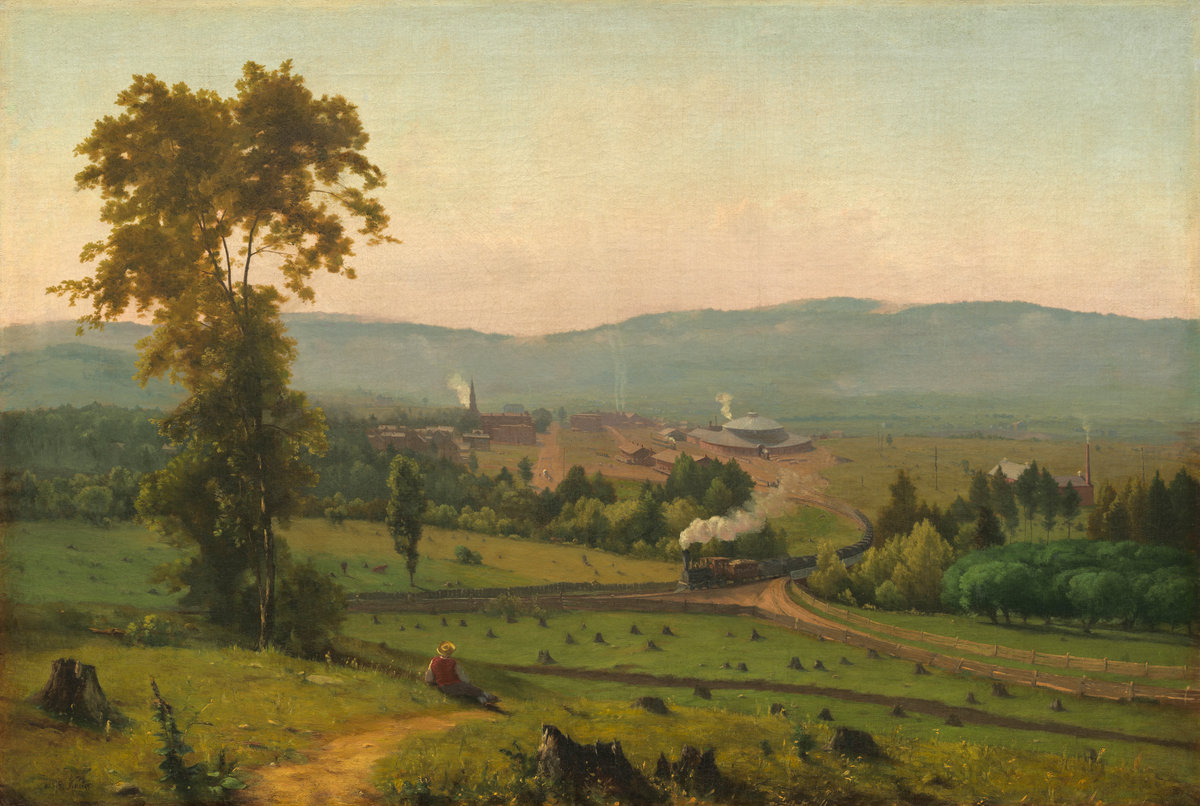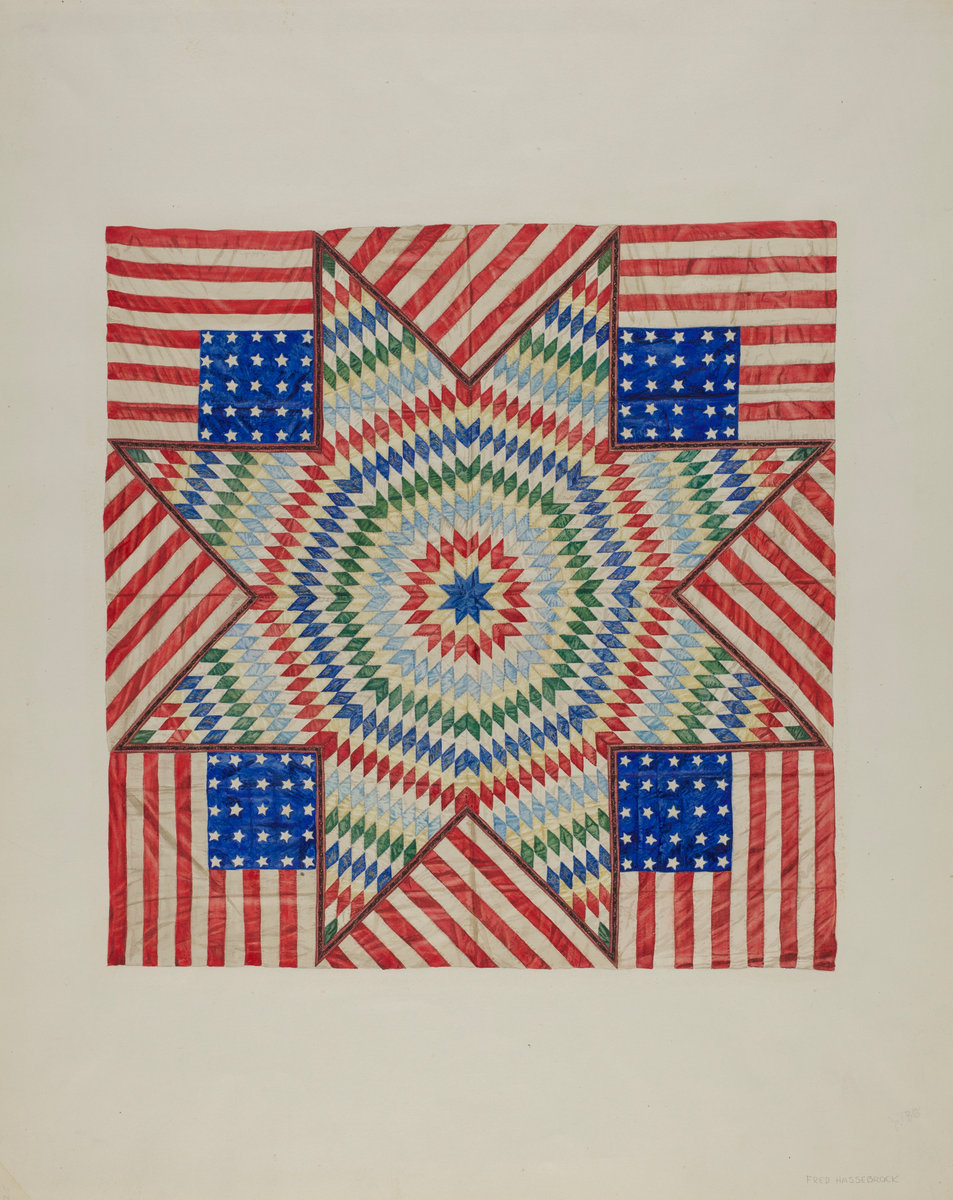
On foreign fighters in Syria: Why is the war in Syria attracting so many volunteers? “It’s so easy,” says one Syrian. Saudi fighters, a “source of jihadist leadership and a reservoir of suicide bombers,” flow into Syria while their government turns a blind eye. In Gaza the flow runs both ways, with fighters heading to Syria while refugees arrive, and Benghazi, Libya, has reportedly become a training hub for Islamist insurgents.
After Islamist fighters seized Western gear intended for the Free Syrian Army, the US and UK suspend non-lethal aid to the opposition. General Salim Idris reportedly recently fled Syria in a further blow to the Western-backed secular FSA’s popular legitimacy and effectiveness (via Blogs of War). In what is sure to be a controversial argument Kevin Lees contends that the FSA’s growing irrelevance compared to fragmented Islamist fighters signifies that “it’s beginning to look a lot like the war in Syria is coming to an end — or, at a minimum, the nature of the two-year conflict is transforming into something quite different from what it was just a few days ago.”
Some fear that the apparent thaw in US-Iranian relations could leave the opposition to the Iranian-backed Assad regime out in the cold (via Matthew Levitt); Saudi ambassador to the UK Prince Nawaf is one, as he writes in a New York Times op-ed (via Dan Murphy). Meanwhile, an influential Iran-based Shiite cleric has issued the first public religious edict permitting Shiites to fight for the Assad regime.
Yezid Sayigh highlights the class dynamic to the “shadow war” in Lebanon:
“Those Sunnis who have taken up arms, whether to fight in Syria or to confront the Assad regime’s supporters in Lebanon, come predominantly from ‘inner city’ neighborhoods and less-developed rural areas that have suffered the brunt of government neglect and social marginalization over decades, mainly in northern and northeastern Lebanon. Few Sunnis of any other class or region would join their ranks or accept their leadership.”
A reminder from Naheed Mustafa that many Pakistanis favor drone strikes.
A violent apparent coup attempt rocked the South Sudanese capital of Juba Sunday night. As of yesterday the reported death toll was up to 500.
Why did it take the world so long to respond to the crisis in the Central African Republic?
Do online glossy visual representations of violence data offer real insight, and how can researchers and designers make them better?
Max Fisher looks as why North Korean state news agency pronouncements are so oddly … enthusiastic.








0 comments
It seems to me that the article is actually saying that people are not completely opposed to it, not that the strikes are actually supported.
My understanding was that they’re seen by some as a least-worse policy, but you’re right my sentence summary of the piece was off.